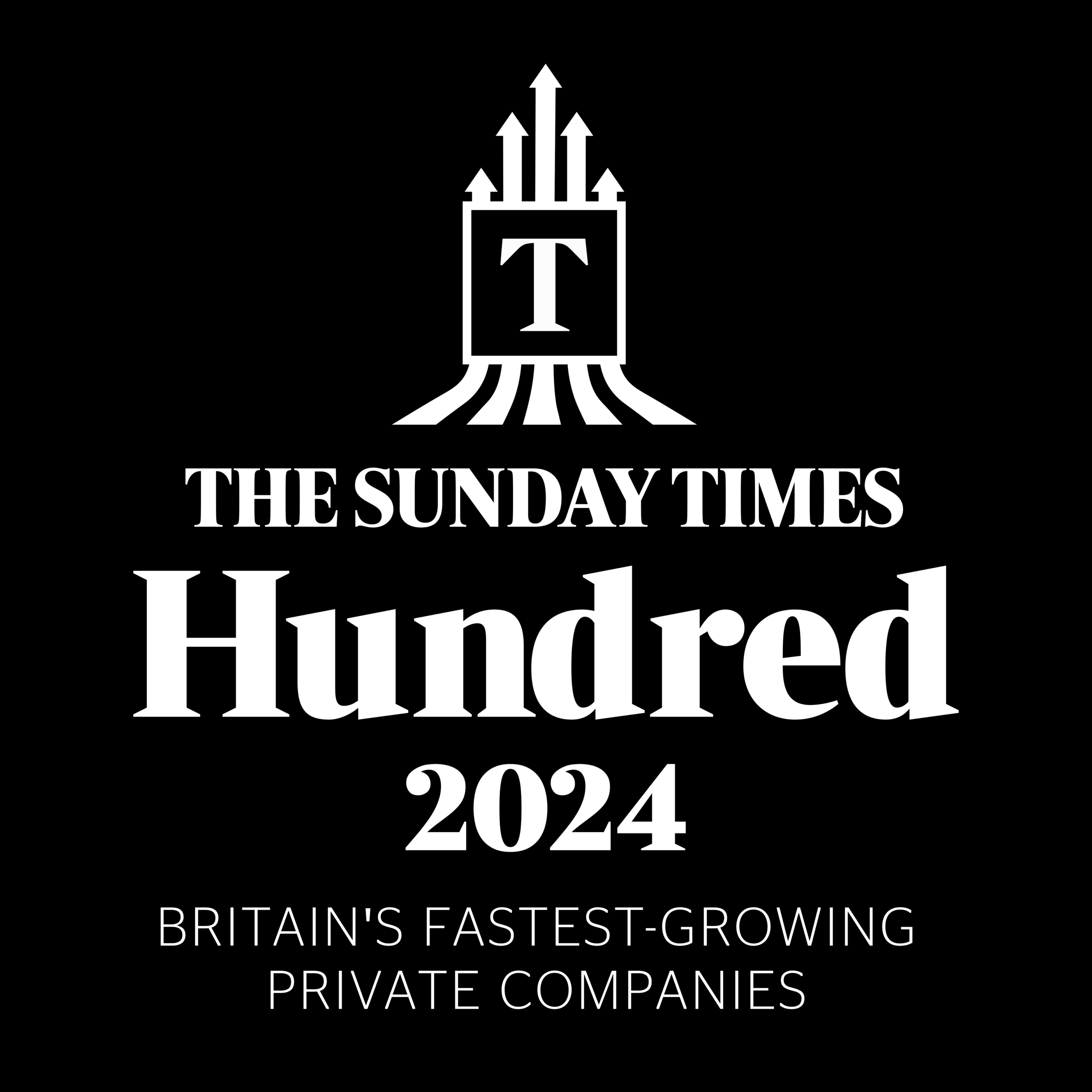Is MongoDB a Relational Database? Exploring the Key Differences
MongoDB has become a popular choice for developers, but its NoSQL nature often leads to confusion. Many ask: “Is MongoDB a relational database?” This guide answers this question and explains the differences between MongoDB and relational databases, helping you choose the right solution for your data needs.
What is a Relational Database?
Relational databases, or RDBMS (Relational Database Management Systems), organise data in a structured way using tables. They have been a cornerstone of data management for decades, with popular systems like MySQL, PostgreSQL, and Oracle.
Key Features of Relational Databases
- Structured Tables:
- Data is stored in rows and columns, similar to spreadsheets.
- Every row represents a record, and every column represents a field.
- Data Relationships:
- Relationships between data are enforced through primary and foreign keys.
- Data integrity is maintained using constraints.
- SQL Query Language:
- Standard Query Language (SQL) is used to interact with the database.
- SQL allows for powerful operations like joins, filtering, and aggregation.
When to Use Relational Databases
- When systems require strict consistency.
- Inventory management systems with structured and interdependent data.
- Applications with predefined schemas and relational integrity.
What is MongoDB?
MongoDB is a NoSQL (non-relational) database designed for flexibility, scalability, and high performance. It uses a document-oriented approach rather than the table-based structure of relational databases.
Key Features of MongoDB
- Schema-Less Design:
- Data is stored in BSON (Binary JSON) format, allowing dynamic and flexible schemas.
- Perfect for handling unstructured or semi-structured data.
- Documents Over Tables:
- Each document is a self-contained unit, similar to a JSON object.
- Documents can have nested structures and varying fields.
- Horizontal Scalability:
- MongoDB is built to scale across multiple servers, handling large volumes of data with ease.
- Rich Query Language:
- MongoDB provides a powerful query language for CRUD operations, aggregations, and filtering.
How Does MongoDB Differ from Relational Databases?
| Feature | Relational Databases | MongoDB |
| Data Model |
|
|
| Schema |
|
|
| Relationships |
|
|
| Query Language |
|
|
| Scalability |
|
|
| Data Integrity |
|
|
H3: Example of Storing Data
Relational Database:
| ID | Name | Age | Address ID |
| 1 | John Doe | 30 | 101 |
| Address ID | Street | City |
| 101 | 123 Elm St | London |
MongoDB:
json
{
“_id”: 1,
“name”: “John Doe”,
“age”: 30,
“address”: {
“street”: “123 Elm St”,
“city”: “London”
}
}
H3: Why is MongoDB Not a Relational Database?
MongoDB is not a relational database because:
- Lack of Tables:
- It uses collections and documents rather than tables and rows.
- No Joins:
- Relationships are handled differently, often by embedding documents or referencing IDs between collections.
- Flexible Schema:
- MongoDB allows you to store documents with different structures in the same collection.
- Horizontal Scalability:
- MongoDB is designed to scale horizontally, distributing data across servers.
When Should You Use MongoDB?
MongoDB is ideal for:
- Dynamic Applications:
- Projects where data models evolve frequently (e.g., CMS, e-commerce).
- Large Data Volumes:
- Use cases requiring distributed systems for high scalability (e.g., IoT, social media).
- Unstructured or Semi-Structured Data:
- Scenarios where relational schemas are too rigid.
FAQs
Can MongoDB Act as a Relational Database?
While MongoDB can handle relationships using references or embedded documents, it is not inherently relational. Tools like the $lookup operator in MongoDB allow for join-like operations.
Does MongoDB Support SQL?
MongoDB does not use SQL, but its query language provides similar functionality. MongoDB Atlas includes SQL-like tools for querying.
What is the MongoDB Alternative to Join?
Instead of joins:
- Use embedded documents for one-to-one or one-to-many relationships.
- Use references between collections for many-to-many relationships.
MongoDB is not a relational database. It is a NoSQL database that prioritises flexibility, scalability, and performance for modern application needs. While relational databases excel in structured environments, MongoDB thrives in dynamic, data-intensive projects.
Why Choose gravity9 for MongoDB Solutions?
Are you wondering if MongoDB is the right database for your project? Let gravity9 help!
Our team of database experts specialises in:
- Tailored data architecture solutions.
- Seamless migration from relational to NoSQL databases.
- Optimising MongoDB for performance and scalability.
Contact us today to discuss your project and explore how MongoDB can drive your success.



